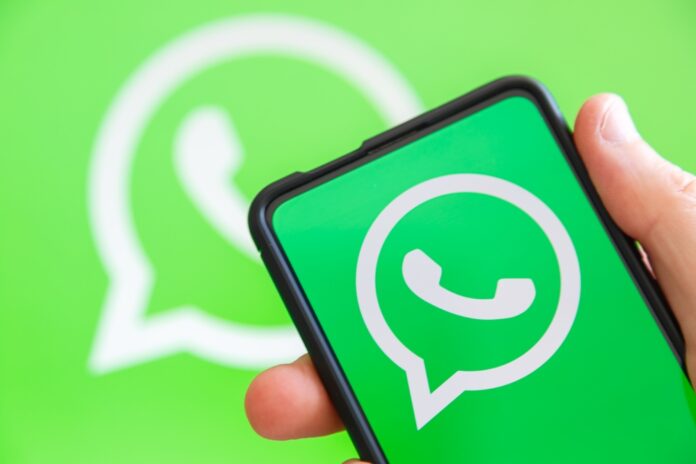WhatsApp has consolidated itself as the main shopping channel for retailers with their suppliers. The purchase tool, in addition to connection or email, reached 39% of retailers and 26% use in orders via WhatsApp automatic replacement suggestions. This is what reveals a survey conducted by Yalo (smart sales platform), applied during the APAS Show, with more than 170 supermarkets and retailers from different regions of Brazil. According to the survey, about 18% of retailers use websites or applications to carry out orders and other 18% follow in person.
The digital presence of supermarkets and retailers appears in different stages: 44% maintain an updated website and active social networks; 34% report a robust strategy in multiple channels; 14% have a basic website; and 8% do not have an online presence.
In customer relations, 48% sell via messaging apps, 39% use social media and email marketing for regular communication, and 5% interact only in person or by calling.
Promotions also migrate to mobile, reaching 47% retailers who receive personalized offers directly through WhatsApp; already 26% learn by email or groups; 19% ask the representative when they need to buy; and 8% wait for the notice of the representative himself 'dynamic limiting the commercial cadence.
The biggest bottleneck is in the rear, where 41% spends more than two hours a week with replacement orders alone; 30% between one and two hours; 20% less than an hour; and only 9% claim to have highly automated processes with little manual intervention.
“A research confirms what we see in everyday life. The mobile phone has become the digital gondola of the Brazilian retailer. When service, order and promotion happen in the same conversation flow, the sale goes faster and with less friction”, explains Danilo Rocha, director of Sales in Brazil at Yalo. For him, the next step is to attack the time lost in replacement: “ 41% still dedicate more than two hours a week to this routine, there is immediate gain by automating recommendations, inventory forecasts and order approval within WhatsApp itself. The differential is in transforming the tool into the main meeting point between industry and retail, as a complete platform of sales, sales, support, and sales, data.
The Yalo executive points out that the expansion of the use of messaging applications in retail points to a great opportunity to optimize the relationship between retailers and suppliers. “Instead of relying on traditional methods, the industry can use digitalization to implement solutions that automate the replenishment of inventory based on data, customize promotions directly in the most used channels and integrate all processes, from communication to ordering. Automation, especially with the use of AI, can solve the bottleneck of time spent on manual tasks, increasing efficiency and allowing a more collaborative and agile operation, essential for the digital transformation of the” sector, he concludes.


